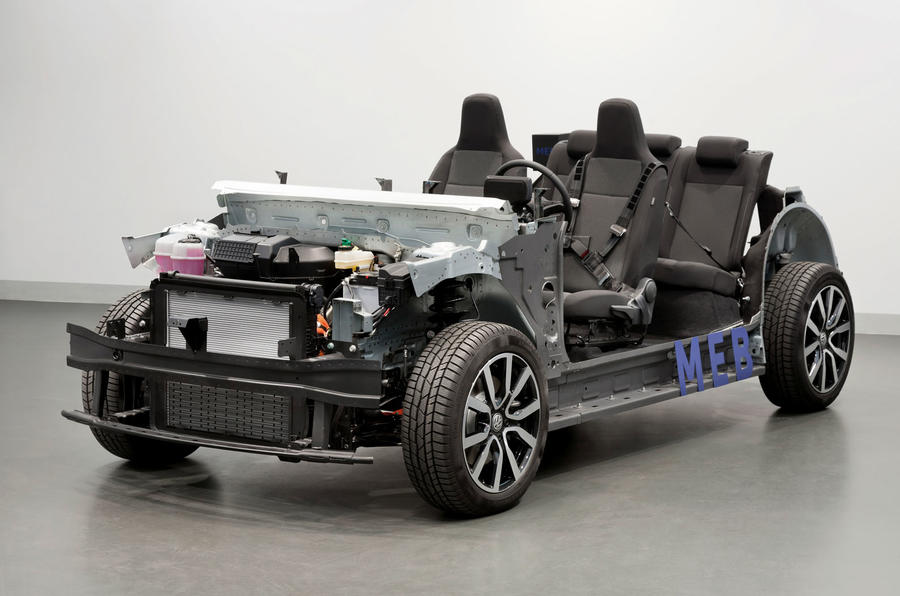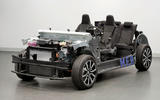The car industry is a fast mover but it can sometimes be difficult to figure out in which direction it’s heading.
EVs looked set to take over the world and to some extent they are, now helped by new UK legislation to ensure there’s enough energy to go round. In-car technology is evolving and connectivity is developing fast as the move towards autonomous cars ramps up. Meanwhile, neither petrol nor diesel is dead yet. In California, there’s been another major step forward with hydrogen propulsion as the state gears up for more potentially world-changing innovation. So what’s really in store over the next few years? Here’s our guide.
What 5G really brings
1G started in the 1990s, then 2G enabled the sending of text messages, 3G brought internet browsing and 4G made it faster – so it’s not hard to see where the world is going with 5G (fifth-generation) connectivity.

Car makers are working hard to exploit the faster network (for example, the hardware needed for 5G has already been incorporated into Volkswagen’s new MEB EV platform). So too are suppliers such as Harman, which is developing technology allowing vehicles to share information via Smart City Command Centres linking to emergency, and other, services.
Harman is also working on technologies called Traffic Light Optimised Speed Advisory to help adjust speed to synchronise with traffic lights, and Signal Violation and Advance Signage Assistance to warn that you may be about to jump the lights or warn of temporary road works. Harman predicts entertainment systems will click up a notch too, with the possibility of video streaming for rear seat passengers and online gaming.
Research firm Gartner predicts 60 million connected cars by 2020 and 220 million in the following four years. 5G will provide the one gigabit per second (Gbs) bandwidth needed to support that with a capacity 1000 times higher than 4G. It will be faster too, at around 70Gbs compared with the average UK broadband connection of around 36Gbs.









































Join the debate
Add your comment
Petrol direct injection
Petrol direct injection , the killer DB/Mercedes technology of the 1930s, wow!
future MHEV
Starter generators : I had a Heinkel/Trojan bubblecar with a magneto/starter/generator, a 1956 technology. Add a small switch in a wheel sensor and it would have stop-start technology.
At 10hp it could cary 2+1 or 2+luggage, a pity they are vulnerable to poor drivers in heavy cars.
There are more left than you would imagine.
Don't forget politics!
Politics may spoil any new plans and strategies by a car maker. There's a new sheriff in the White House, and he tends to label everything he does not like as a national emergency that should be acted upon. German Handelsblatt today reported that there is a good chance that German import cars will be tariffed 25% instead of the 2.5% what it is right now. That will undoubtedly affect UK production of German cars too.